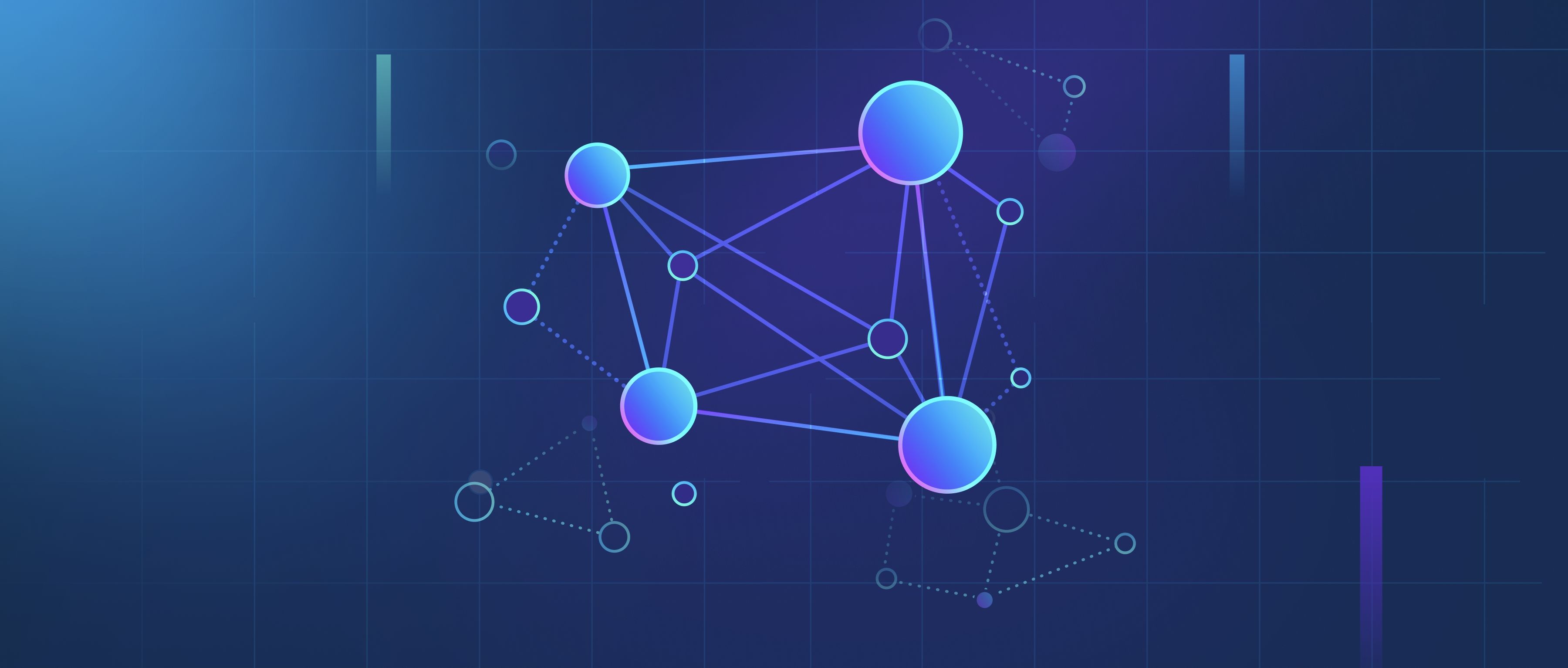Quantum error correction codes, such as the surface code, play a vital role in ensuring the reliability of quantum computing systems. Just like classical bits can be affected by noise and errors, quantum bits or qubits are susceptible to a range of disturbances that can corrupt their information. Quantum error correction codes are designed to detect and correct these errors without measuring the qubits directly, which would collapse their quantum state. The surface code, in particular, is a leading approach due to its efficient error correction capabilities and relatively straightforward implementation on physical hardware.
The surface code works by arranging qubits on a two-dimensional grid, where logical qubits are represented by clusters of physical qubits. This structure allows for localized error detection and correction, which is crucial as it minimizes the impact of errors that occur. For example, if a qubit in the grid experiences an error, the surface code can identify the faulty qubit's position based on its neighboring qubits and correct it accordingly. This process involves maintaining a balance between the number of qubits used for data storage and those dedicated to error correction. The surface code is particularly appealing because its error threshold can be quite high, meaning that it can tolerate a relatively high rate of errors while still functioning effectively.
Moreover, the practical benefits of quantum error correction codes like the surface code extend to scalability. As quantum computing technology advances, systems are becoming increasingly complex, necessitating robust solutions for error management. Developers can implement surface codes in quantum processors, such as superconducting qubits, to ensure that computations remain reliable over long periods. With ongoing research and development, quantum error correction codes will likely play a crucial role in bringing quantum computers closer to practical, error-free operations for various applications, ranging from cryptography to complex simulations.
